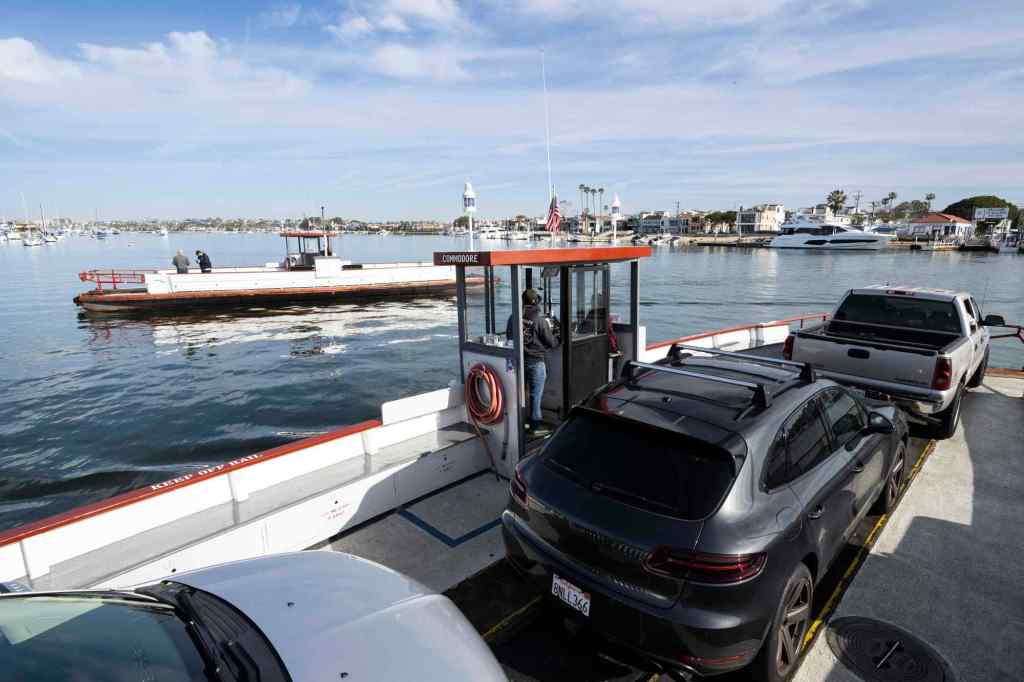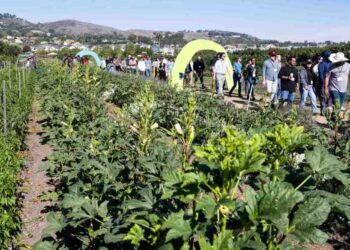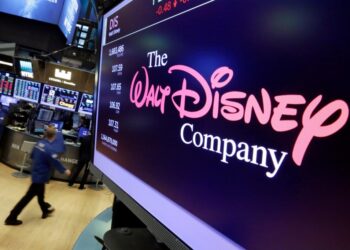The Balboa Island Ferry, in service for more than a century, could be grounded by new emission requirements, its operator says about hopes it can get an extension on a 2025 deadline to convert its three vessels to all-electric engines.
The daily ferry service transports cars, bicycles and pedestrians 900 feet across the busy Newport Harbor from Agate Avenue on Balboa Island to Palm Avenue on the Balboa Peninsula. At this time of the year, there are typically two boats running. On weekends and in the summer, three boats operate from 6:30 a.m. until midnight.
Annually about 1.5 million passengers and 300,000 to 400,000 cars cross via the ferry system, according to owner Seymour Beek.
New regulations rolled out in 2022 by the California Air Resources Board for tugs, ferries, sportfishing vessels and whale-watching boats seek to reduce harmful emissions by replacing or modifying older diesel engines so vessels meet the strictest of emissions standards, labeled Tier 4. It accompanies efforts to require all in-state sales of cars and trucks to be reduced to zero emissions by 2035.
Sportfishing boat operators received an extension to get to Tier 4 engines by 2035, but are required to meet at least Tier 3 engine standards by the end of 2024.
In the state, there are about 12 other ferries that fall into the short-run category along with harbor crafts such as tug boats and other service vessels that travel less than three miles. Among them are the Angel Island Ferry in San Francisco and a boat that runs to Alcatraz. There are also some agricultural ferries that are used in the delta areas along the coast.
“Ours is so unique and different,” said Beek. “People come to town, and the one thing they want to do is ride the ferry. It serves a useful purpose and is also a source of entertainment.”
Beyond its historical and fun factors, Beek said the ferry is reducing emissions just by carting the vehicles across the bay that would otherwise have to travel at…
Read the full article here






